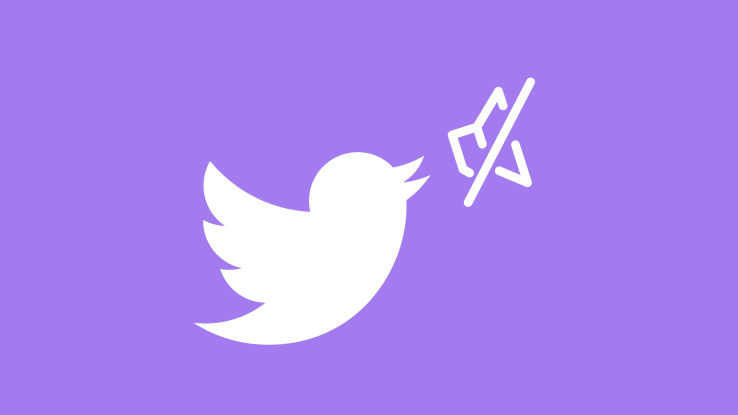
Twitter, a platform infested with trolls, hate and abuse, can be one of the worst places on the internet. As a followup to Twitter CEO Jack Dorsey’s tweetstorm last week, in which he promised to crack down on hate and abuse by implementing more aggressive rules, Twitter is gearing up to roll out some updates in the coming weeks, Wired reported earlier today.
“Although we planned on sharing these updates later this week, we hope our approach and upcoming changes, as well as our collaboration with the Trust and Safety Council, show how seriously we are rethinking our rules and how quickly we’re moving to update our policies and how we enforce them,” Twitter said in a statement to TechCrunch.
In an email to members of Twitter’s Trust and Safety Council, Twitter’s head of safety policy outlined some of the company’s new approaches to abuse. Twitter’s policies have not specifically addressed hate symbols and imagery, violent groups and tweets that glorify violence, but that will soon change.
Twitter has not yet defined what the policy around hate symbols will cover but “At a high level, hateful imagery, hate symbols, etc will now be considered sensitive media” — similar to the way Twitter handles adult content and graphic violence, the email stated.
With violent groups (think alt-right groups), Twitter “will take enforcement action against organizations that use/have historically used violence as a means to advance their cause.” Twitter has yet to outline the parameters it will use to identify such groups.
While Twitter already takes action against people who threaten violence, the company is going to take it a step further and take action against tweets that glorify violence, like “Murdering makes sense. That way they won’t be a drain on social services,” according to the email.
Meanwhile, updates to existing policies will address non-consensual nudity (“creep shots”) and unwanted sexual advances.
On non-consensual nudity:
We will immediately and permanently suspend any account we identify as the original poster/source of non-consensual nudity and/or if a user makes it clear they are intentionally posting said content to harass their target. We will do a full account review whenever we receive a Tweet-level report about non-consensual nudity. If the account appears to be dedicated to posting non-consensual nudity then we will suspend the entire account immediately.
On unwanted sexual advances:
We are going to update the Twitter Rules to make it clear that this type of behavior is unacceptable. We will continue taking enforcement action when we receive a report from someone directly involved in the conversation. Once our improvements to bystander reporting go live, we will also leverage past interaction signals (eg things like block, mute, etc) to help determine whether something may be unwanted and action the content accordingly.
“We realize that a more aggressive policy and enforcement approach will result in the removal of more content from our service,” Twitter’s head of policy wrote. “We are comfortable making this decision, assuming that we will only be removing abusive content that violates our Rules. To help ensure this is the case, our product and operational teams will be investing heavily in improving our appeals process and turnaround times for their reviews.”
Here’s the full email:
Dear Trust & Safety Council members,I’d like to follow up on Jack’s Friday night Tweetstorm about upcoming policy and enforcement changes. Some of these have already been discussed with you via previous conversations about the Twitter Rules update. Others are the result of internal conversations that we had throughout last week.Here’s some more information about the policies Jack mentioned as well as a few other updates that we’ll be rolling out in the weeks ahead.Non-consensual nudity
Head of Safety Policy
Twitter is done with hate symbols and violent groups
![Twitter is done with hate symbols and violent groups]() Reviewed by Rizwan
on
11:24 PM
Rating:
Reviewed by Rizwan
on
11:24 PM
Rating:



No comments: